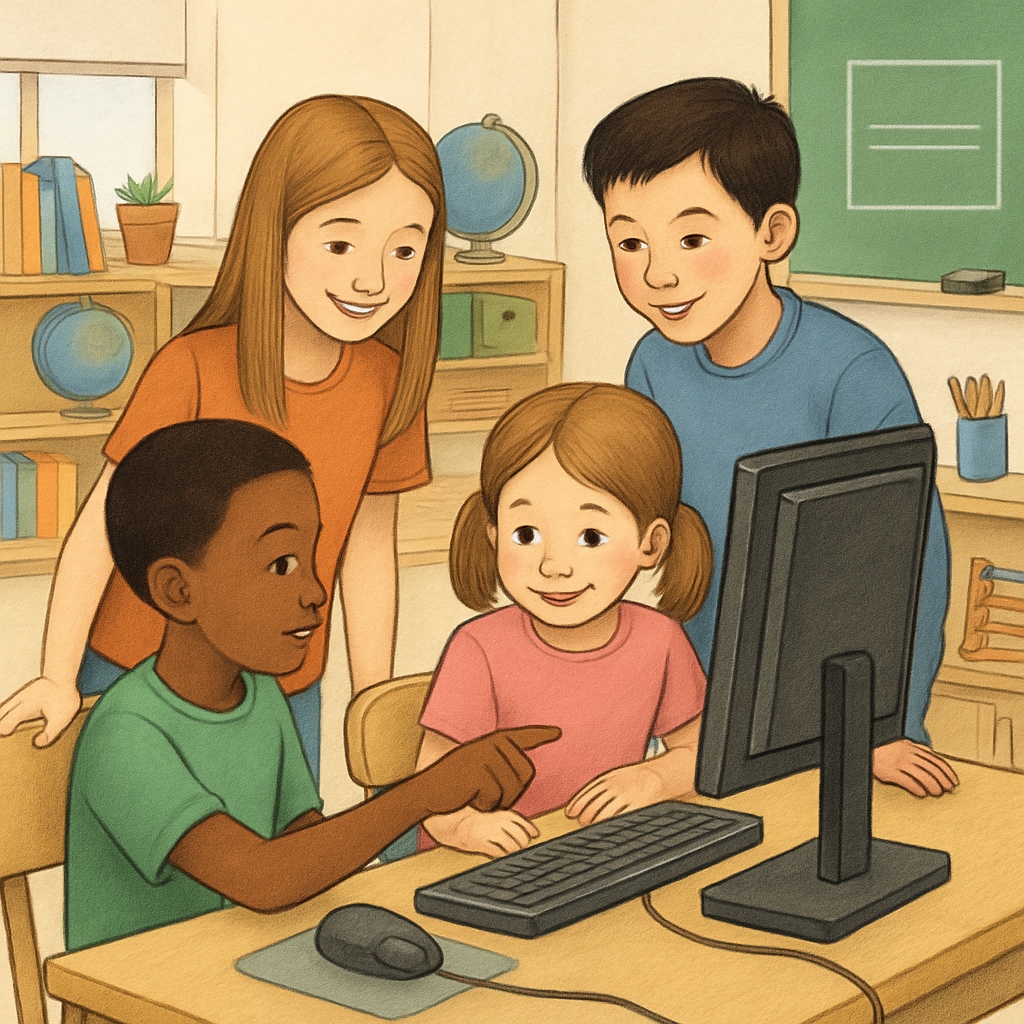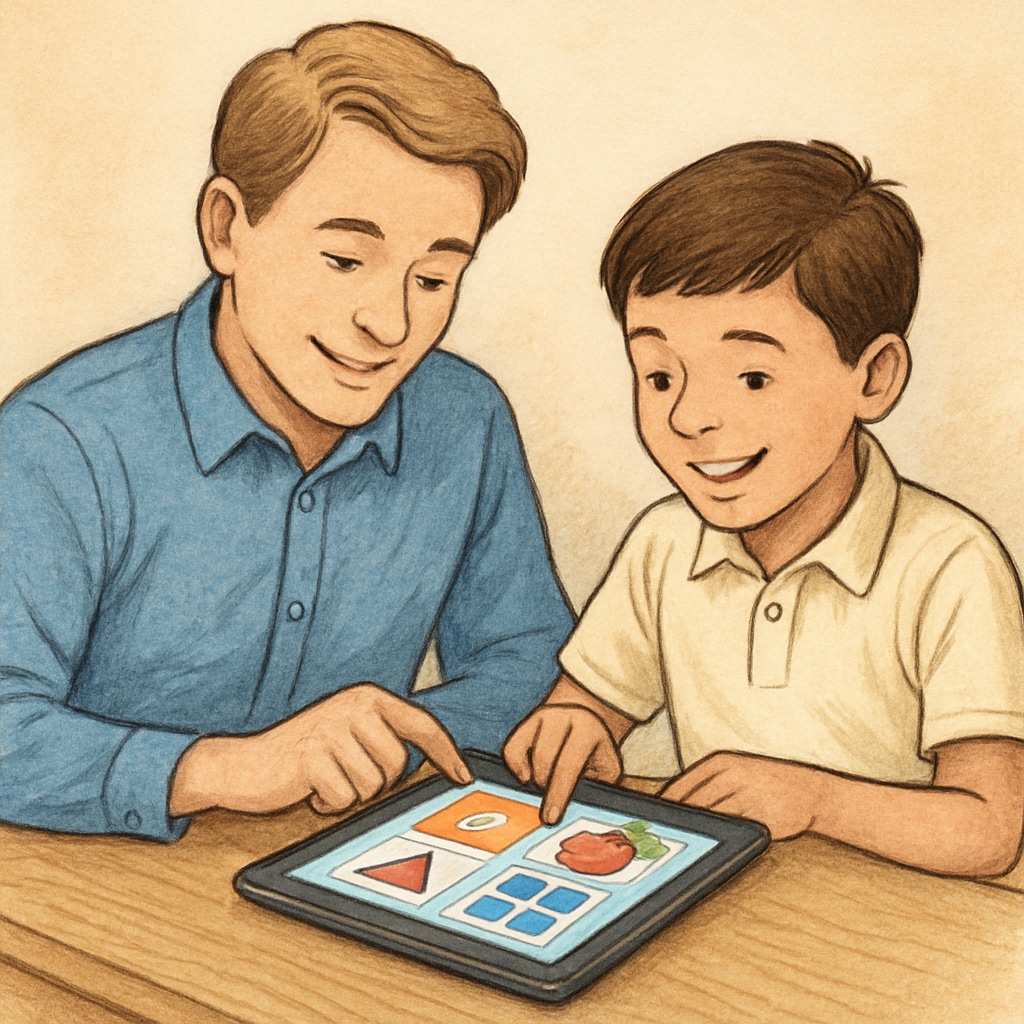Cross-grade collaboration, such as pairing kindergarteners with fourth-grade students, offers a unique opportunity to foster both academic and social growth. By creating structured activities that emphasize computer skills, social interaction, and responsibility, educators can build bridges between these age groups. This article explores innovative ideas for cross-grade activities, highlighting how such initiatives can benefit students of varying developmental stages.
Why Cross-Grade Activities Are Important
Cross-grade activities provide a platform for older students to mentor younger peers while reinforcing their own skills. For kindergarteners, working with older students builds confidence and introduces new concepts in an approachable way. Fourth graders, on the other hand, develop leadership skills and a sense of responsibility. These interactions, particularly in structured formats, have been shown to improve social-emotional learning.
For example, a study by the George Lucas Educational Foundation highlights the importance of peer mentoring in enhancing both academic and interpersonal skills. Educators can leverage this dynamic to introduce activities focusing on computer literacy, creativity, and teamwork.

Designing Cross-Grade Activities with Computer Skills in Mind
Integrating computer skills into cross-grade activities not only prepares students for the digital age but also fosters collaborative problem-solving. Here are some ideas to get started:
- Interactive Storytelling: Pair students to create digital stories using simple software like Canva or StoryJumper. Kindergarteners can contribute ideas and illustrations, while fourth graders handle typing and editing.
- Educational Games: Encourage pairs to explore age-appropriate educational games. Websites like PBS Kids offer interactive options that cater to varying skill levels.
- Basic Coding Lessons: Use platforms like Scratch Junior to introduce coding. Fourth graders can guide their younger partners through creating simple animations or games.
These activities not only enhance computer literacy but also encourage teamwork, creativity, and patience.

Fostering Social Growth and Responsibility
Beyond technical skills, cross-grade activities are an excellent way to nurture social and emotional growth. Older students learn to be role models, while younger students gain exposure to new social cues. To foster these interactions:
- Buddy Reading Sessions: Pair students for weekly reading sessions where fourth graders help kindergarteners improve literacy skills.
- Team Projects: Assign creative projects, like building a model or crafting a poster, where students must collaborate to complete the task.
- Reflection Time: Dedicate time for pairs to discuss what they learned from each other, fostering mutual appreciation and understanding.
These activities create a sense of community within the classroom and help students develop empathy, communication skills, and respect for others.
Practical Tips for Effective Implementation
To ensure the success of cross-grade activities, educators should consider the following tips:
- Clear Objectives: Define the goals of each activity, whether it’s skill development, relationship building, or both.
- Age-Appropriate Tasks: Ensure activities are suitable for both age groups to keep everyone engaged.
- Structured Guidance: Provide clear instructions and monitor progress to ensure pairs stay on track.
- Feedback Opportunities: Allow students to share their experiences and suggest improvements for future activities.
By following these guidelines, educators can create a supportive environment that maximizes the benefits of cross-grade collaboration.
Conclusion: Cross-grade activities, particularly those that incorporate computer skills, offer a powerful way to bridge developmental gaps and foster holistic growth. By encouraging collaboration between kindergarteners and fourth graders, educators can create meaningful learning experiences that leave a lasting impact on all students involved.


